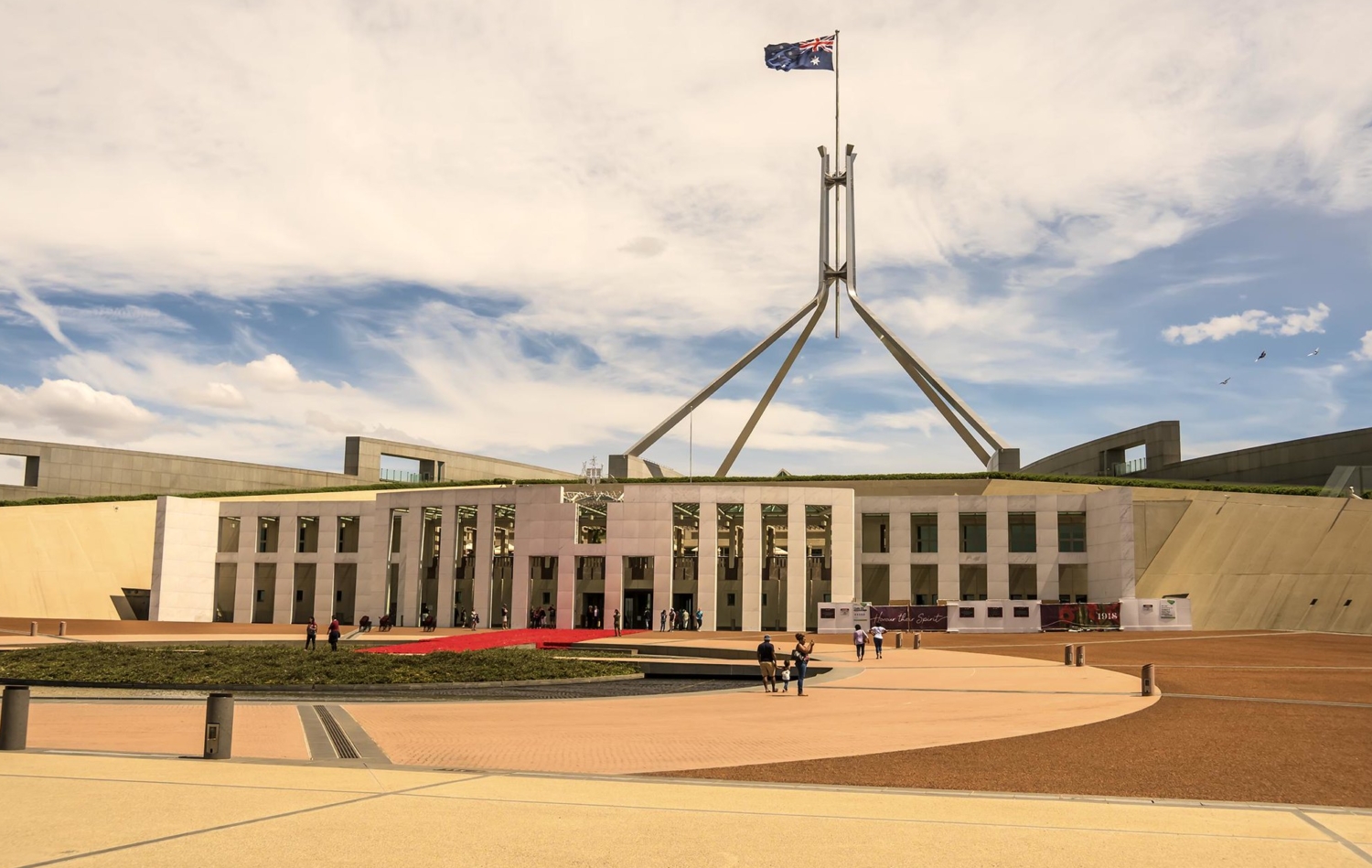
Ways to Contact Parliament
Your leaders always are eager to hear from you and other of their constituents! After all, you and your fellow constituents are the people who vote them into power, and can vote out of power. Nevertheless, most people don’t know the various ways in which they can contact their leaders. This document touches on some of the most common ways. Make sure to remain professional and respectful in all of your communications with your leaders and their offices, no matter which avenue of communication you are using.
Phone Call
A simple and quick way to contact your leaders is by making a phone call to their offices. The phone numbers for your leaders’ Canberra offices and their constituency offices can be found on their Parliament profiles. Generally, for the purposes that you will be calling about (political advocacy), it is best to call their Canberra office if possible. While most times you will end up speaking to a staffer (or even leaving a voicemail), it’s possible that your leader could also be the one to pick up the phone and you would get the quick opportunity to talk to them directly!
Contacting Online
Each individual member of Parliament, both Senators and Representatives, chooses how they welcome to be contacted. This section will go over the two methods they can choose from: allowing constituents to directly email them, or to fill out a contact form. For the purpose of your program, if your leaders allow you to directly email them, please pick this option.
Within your tracker, you will be asked weekly to “Contact online and call your leaders.” Both of these methods are what is referred to as contacting online.
At The Borgen Project, we’ve found that one of the most effective ways to get in contact with one’s leaders is through emailing them directly. For members of Australian Parliament who welcome direct emails, you can find these on your leaders’ Parliament profiles. While not a formal letter, make sure to include your address at the bottom of your email. This allows the leader to verify that you are one of their constituents. Please also make sure that you are still addressing your leaders correctly, following the directions laid out on this page.
Contact Forms
Some members of the Australian Parliament, however, do not welcome direct emails and do not have their emails publicly listed. In this case, they will have contact forms you can use instead. The contact form could be directly through their Parliament profile, or it may be on their own website. Either way, this is a valid form of communication with your MP, and if they don’t have their email address available, this is what we ask that you do.
Typically, the contact forms ask you for your address, and if this is the case, you do not need to provide that within the text of your message. However, please make sure that you are still addressing your leaders correctly, following the directions laid out on this page.
Letter
Letter writing is one of the oldest ways of contacting and communicating with Parliamentary leaders, and remains a heavily impactful way. It is even more impactful and effective when handwritten rather than typed, as it adds a personal touch to the letter. When sending your letter in the mail, you should typically address it to your leader’s Canberra office. Make sure you include your address both on the letter itself and on the envelope (as the return address). Like with emails and contact forms, make sure you are also addressing your leaders correctly, following the directions laid out on this page.
Read more about writing letters to your leaders here.
Tweet
The age of social media has brought another way to quickly contact your leaders and get their attention. Most leaders are on Twitter, and just a small Tweet directed to your leaders to ask for support on a bill/issue can make them aware that you care and that they should take action. What’s nice about tweeting is that it is simple too and can be done on-the-go! While you shouldn’t put your address or postal code in your tweet, make sure to mention your city/town, as that will indicate to your leaders that you are one of their constituents.
Read more about using social media to contact your leaders here.
